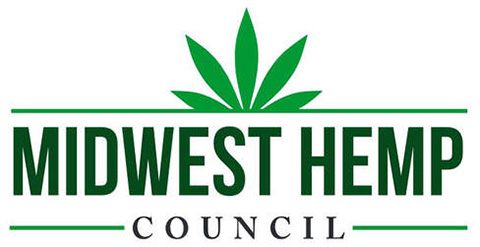A stated goal of the Biden administration is a renewed focus on sustainable agricultural practices, meant to reduce farming’s overall carbon footprint. Due to hemp’s ability to sequester carbon and enrich soil, advocates of sustainably grown hemp see current federal government initiatives, particularly those regarding support for carbon credits and exchanges, as providing new opportunities to boost production of the recently-legalized crop.
Re-Emphasizing Efforts to Reduce Greenhouse Gas Emissions
In April, the Growing Climate Solutions Act was reintroduced in the U.S. Senate. The measure, if passed, would authorize the U.S. Department of Agriculture (USDA) “to establish a voluntary Greenhouse Gas Technical Assistance Provider and Third-Party Verifier Certification Program to help reduce entry barriers into voluntary environmental credit markets for farmers, ranchers, and private forest landowners.”
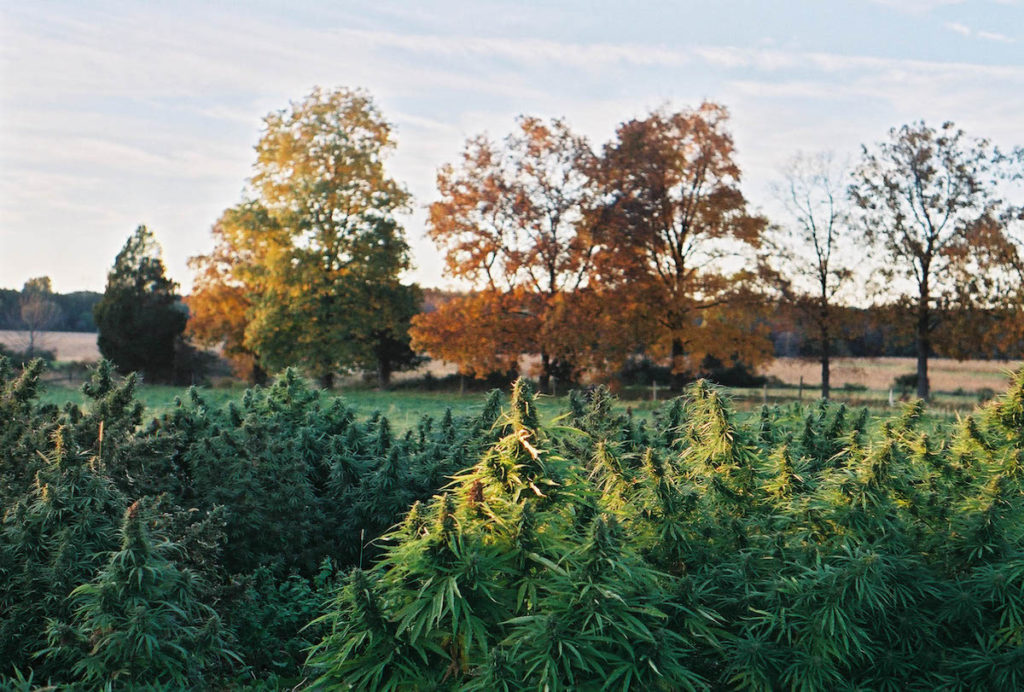
Environmental – or carbon – credits are tradable permits that give the credit’s holder the right to emit a certain amount of carbon dioxide or other greenhouse gas. In practice, such credits act as an offset for businesses that are unable to meet emissions caps set by governments. In other words, if a business cannot meet emissions standards, it must instead purchase carbon credits commensurate with its excess emissions. On the flip side, businesses that reduce emissions can be awarded credits, which can then be sold on exchanges.
In its recently published Climate 21 Transition memo, the USDA noted that its proposed carbon bank, meant to finance greenhouse gas reduction and carbon sequestration activities by producers, “would provide a guaranteed price for producers while guaranteeing the environmental integrity of carbon conservation practices.” It also noted the USDA’s Commodity Credit Corporation (CCC) has up to $30 billion in borrowing capacity, about 60% of which is used annually for ongoing activities. “If the CCC allocated even $1 billion annually towards purchasing carbon credits,” it continued, “at $20 / ton, this could produce 50 megatons in [greenhouse gas] reductions annually.”
Hemp’s Carbon Storage Potential
Benjamin Dobson is founder and president of New York-based Hudson Hemp, one of the first companies licensed to grow industrial hemp in the state. He is also the founder of Hudson Carbon, a non-profit research institute that studies the carbon storage potential of soil and plants, as well as regenerative agricultural practices, among other issues. Dobson said his operation farms 2,400 acres of organic crops and that he introduced hemp into his crop rotation in 2017.
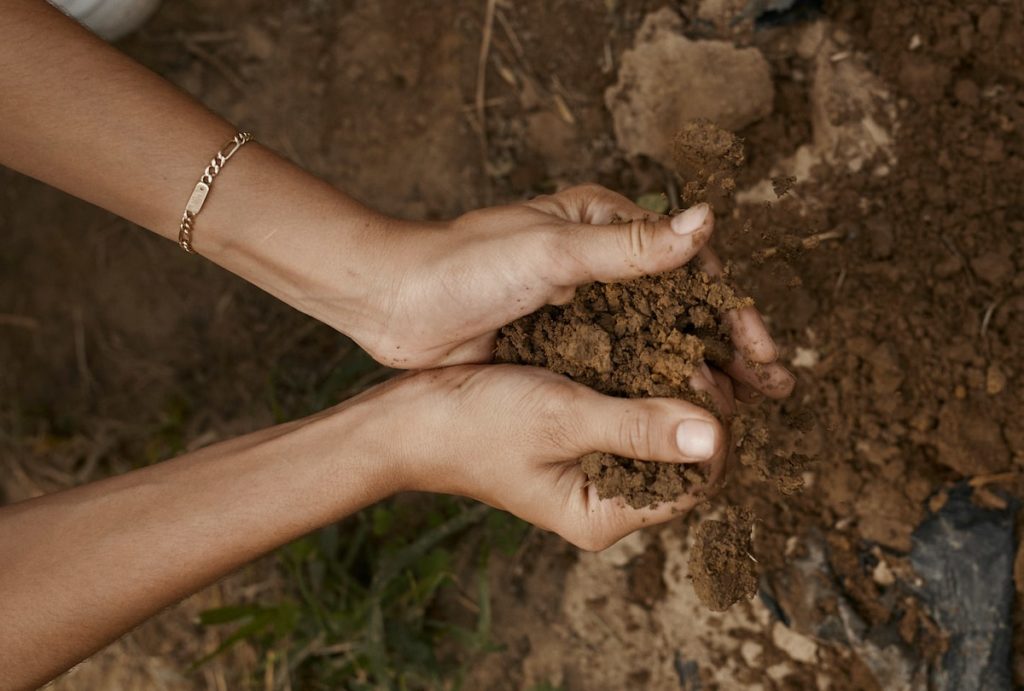
Living soil, photo by Jeremy Sachs-Michaels 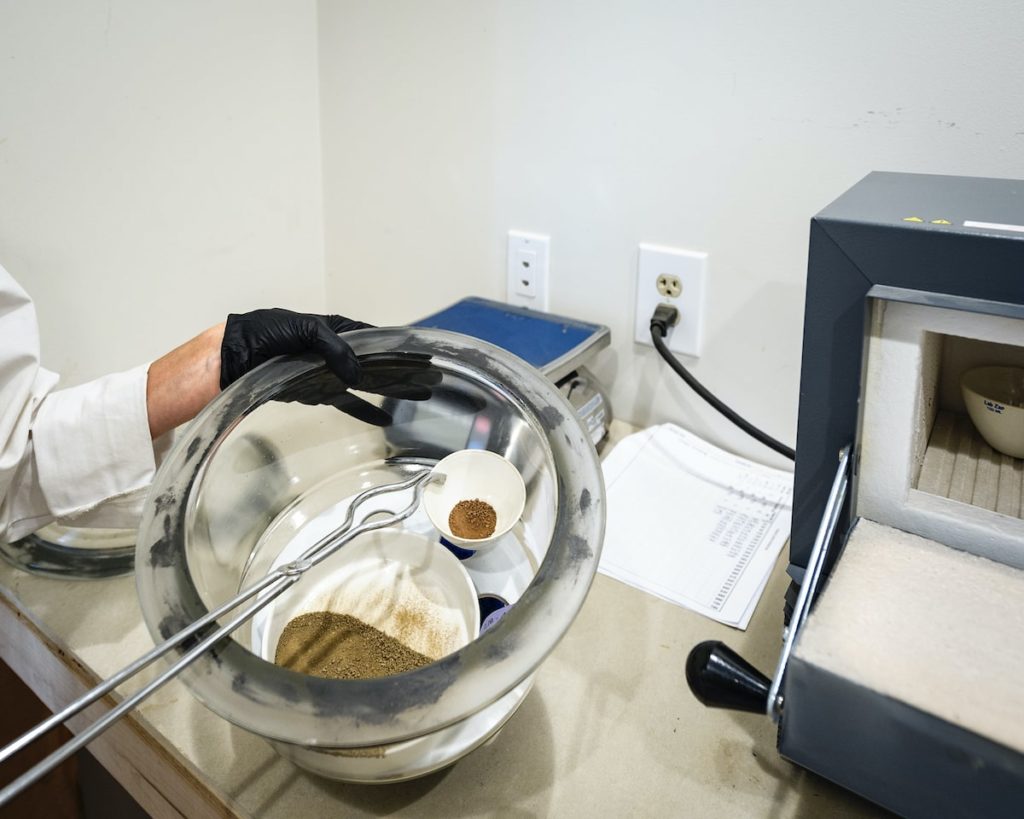
Soil Sample being tested in Hudson Carbons Soil Lab, Photo by Geogia Landman 
Founder Ben Dobson, Photo By Lawrence Braun
“We saw it as an opportunity to diversify the farm, get into medicinal plants and, candidly, bring a lot more revenue to the operation than grains or hay,” he told Hemp Benchmarks. “We do feel hemp really builds our soil and is good for rotation.”
Dobson said his farm uses a strip tillage system. This approach tills the strips where hemp is grown, while leaving perennial mixes of grasses and legumes, like alfalfa and clover, on the untilled land between the hemp rows. This adds nitrogen into the soil for hemp cultivation, as well as preserving soil carbon and improving the soil’s water-holding capacity. “The hemp does an amazing job of building a lot of carbon in its roots and its stalks,” he added. “The roots stay in the ground after harvest, but the stalks we actually then turn into compost.”
Hemp’s potential as a carbon sequestration crop, as well as its phytoremediation properties and its benefits in the creation of environmentally responsible industrial and consumer products, is already well-documented. In a 2019 presentation for a European Industrial Hemp Association (EIHA) conference, Catherine Wilson, EIHA Vice President and Managing Director of the UK-based hemp company CannaWell, outlined hemp’s environmental benefits.
“The production of hemp is carbon negative,” she said, “which means it absorbs more carbon from the atmosphere during its growth than is emitted by the equipment used to harvest, process, and transport it.” Wilson also noted that one hectare (about 2.5 acres) of industrial hemp reportedly has the potential to sequester 10.5 metric tons of carbon dioxide per hectare annually, returning that carbon to the soil.
However, according to Benjamin Dobson, the process is not as easy as it might sound. “To keep that carbon in the soil it really depends on the overall management system that farms are using,” he said, “especially on using cover crops following the hemp. It’s kind of tricky and nuanced. Hemp can be grown and become part of a soil-building system, or it can be grown like a monocrop cash crop and be not great [for the environment]. It really depends on how the farmers grow it.”
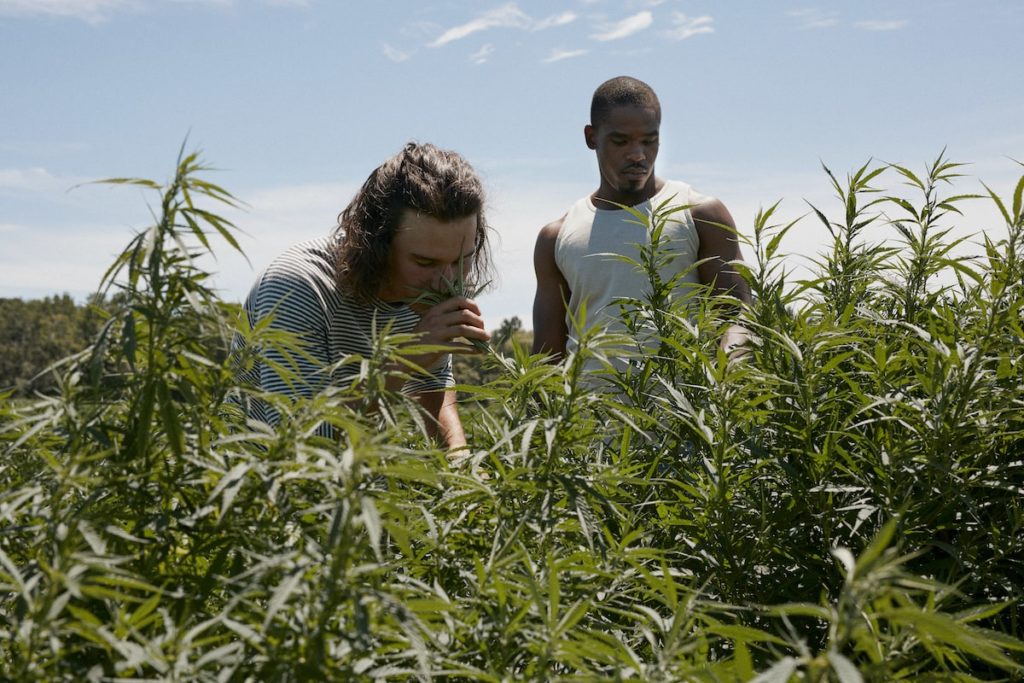
How Government Support for Carbon Credits Could Boost Hemp Production
Based on hemp’s ability to sequester carbon and potentially be a carbon negative crop, advocates say the new emphasis on carbon payments and exchanges could prompt more mainstream farmers to include hemp in their crop rotations. Put simply, farmers who include hemp in their rotations in a sustainable manner could reduce the overall greenhouse gas emissions of their operations, allowing them to receive carbon credits for doing so. Those credits could then be sold on exchanges for profit or reinvestment into the business.
While the scenario above seems straightforward, farmers still need a place to sell their hemp, whether it be of the cannabinoid, grain, or fiber variety. At the moment, though, America’s hemp sector remains in its early stages. Dobson noted that the plant’s emergence as a viable cash crop will probably not occur until there is a large and successful wave of investment in hemp infrastructure.
He pointed towards the need for expansions of and upgrades in hemp processing, so that more companies can convert hemp into pulp for paper, hemp fiber into textiles, or the hemp plant’s inner, woody core into building materials. “We haven’t had any scalable investment so far, to create the facilities that could turn hemp into a major industrial input,” he said. “Until that happens, hemp will lag as a major crop.”
Imagining Hemp as an Environmentally Friendly Staple Crop
For his part, Dobson believes U.S. agriculture and associated parts of the national economy have become overly dependent on current mainstream crops. “I think the United States of America desperately needs another staple crop, in addition to corn, soy, and wheat,” he said. “And I think hemp would be an ideal staple crop. Even if it was grown in a bit more of a monocrop fashion by conventional farmers, it would be wonderful to see some of these conventional rotations broken with hemp.”
If hemp were to be adopted as a staple crop, he continued, its environmental and industrial benefits would expand. For example, Dobson said, imagine if hemp augmented or eventually replaced wood pulp as a source of paper. “This would have the double effect of reducing deforestation; It would [also] diversify farmers’ revenue sources and it would be a major step [towards] helping to remediate some of our soils, and adding another chief staple crop to sequester carbon.”


